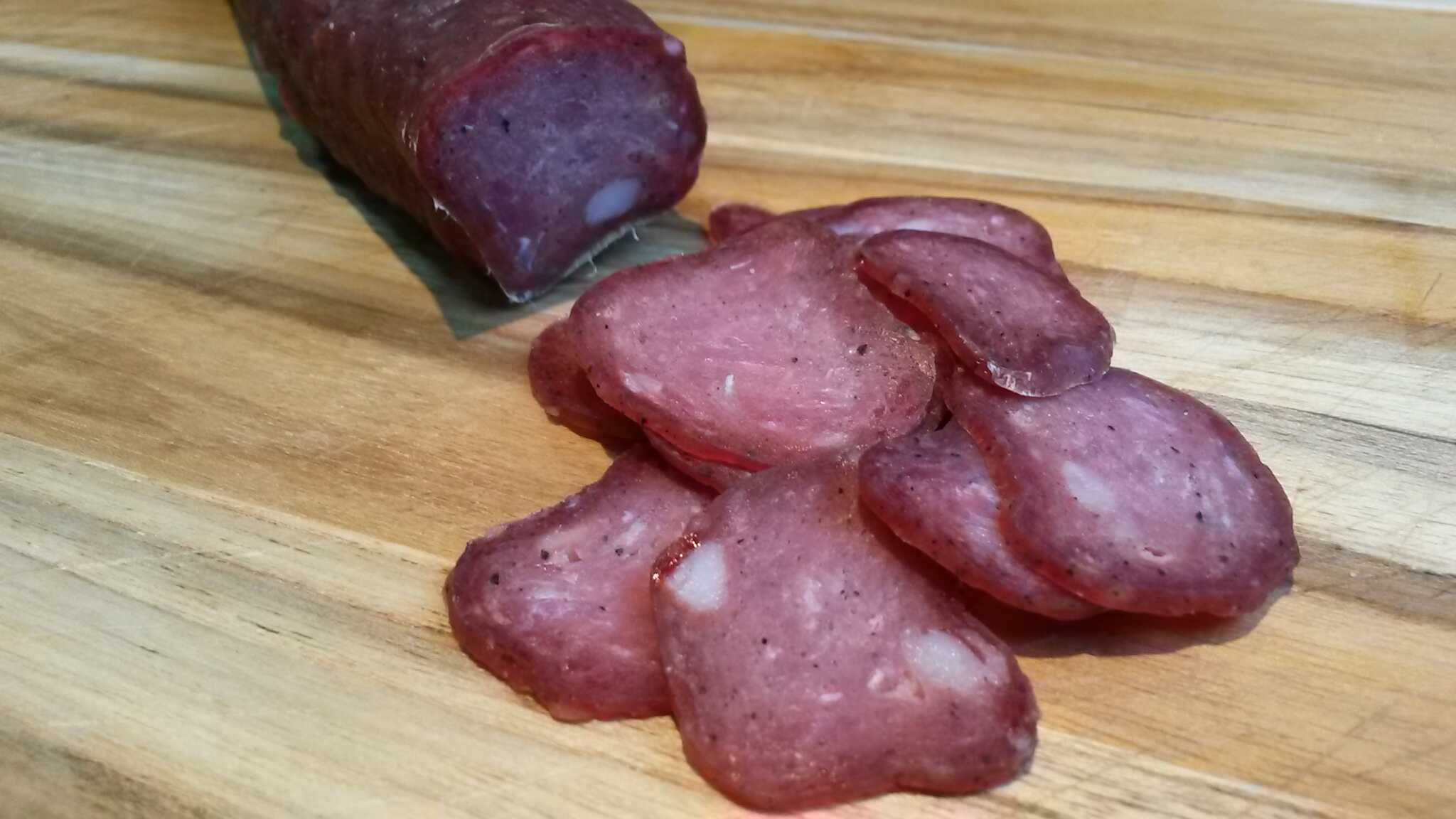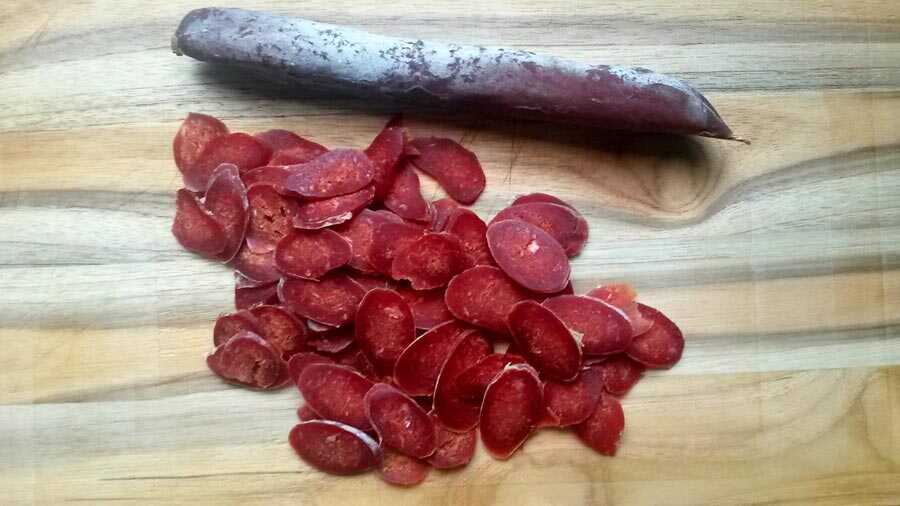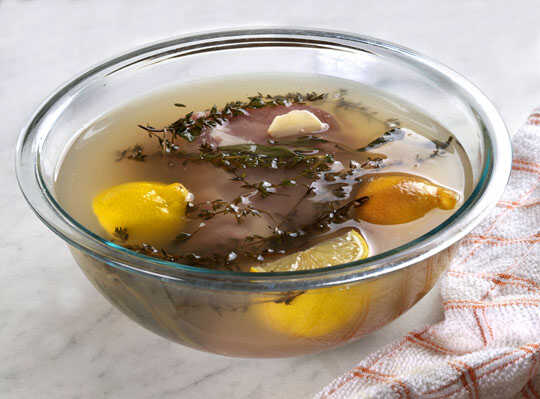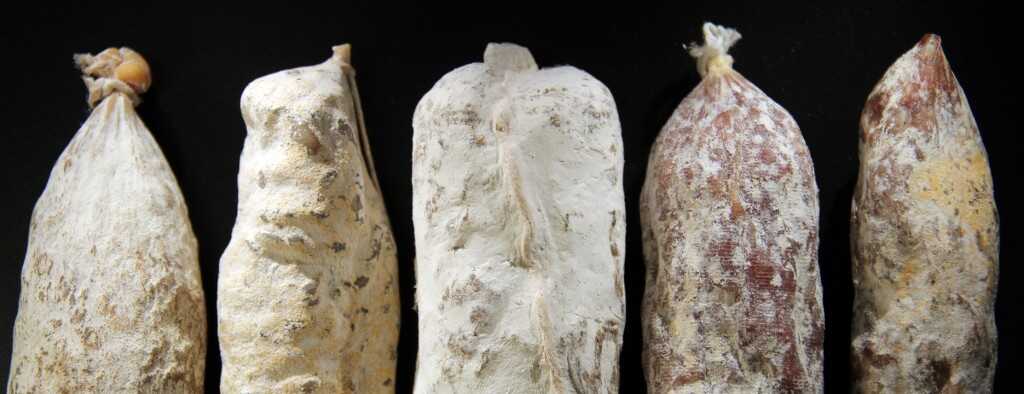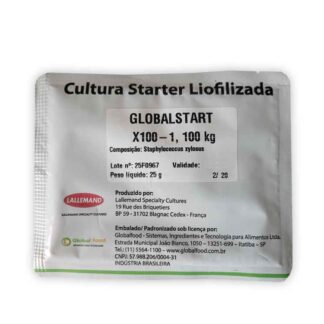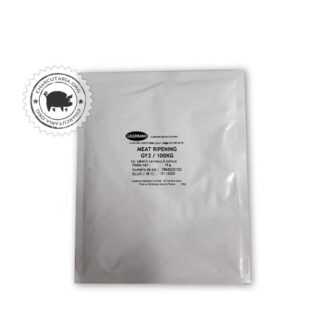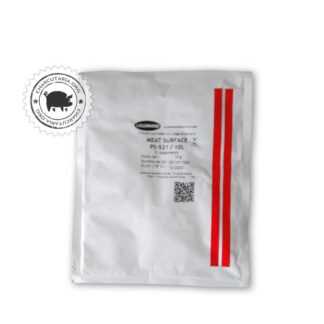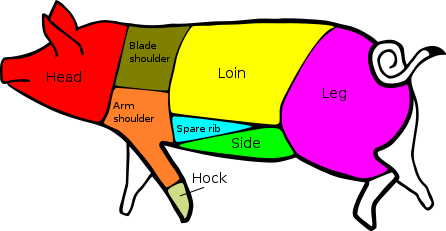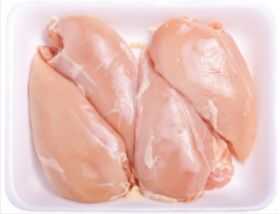
Do not wash chicken meat as this procedure can spread the bacteria. Campylobacter spreads easily and a small amount of it is enough to make a person sick. Contamination can come from consuming raw, undercooked chicken meat or through cross-contamination when handling raw food. Campylobacter causes more infections than e.coli, listeria and salmonella combined.
Here is a list of rules to protect your family when preparing food.
Four rules help prevent Campylobacteriosis – contamination by campylobacter bacteria
1) Cover and refrigerate raw chicken meat
Cover and refrigerate raw chicken meat, keep at 5ºC or lower. Keep it at the bottom of the refrigerator, this way there is no risk of meat juices running out and contaminating other foods.
2) Do not wash raw chicken meat
Cooking will kill any bacteria, including campylobacter, that are present in the meat. Washing will only spread bacteria around the place and utensils.
3) Wash used utensils
Wash all utensils well and scrub boards and surfaces used to handle raw chicken. Wash your hands with soap and water after handling raw chicken. This will help prevent campylobacter from continuing to contaminate other foods through cross-contamination.
4) Cook the chicken meat well
Make sure the chicken is fully cooked before serving. Cut into the thickest parts to make sure the inside is perfectly cooked. There must be no pink liquid coming out of the middle of the meat. Ideally, there should be steam coming out of the interior as soon as it is cut.
Symptoms of campylobacteriosis
Campylobacteriosis infection generally causes fever, muscle pain, abdominal pain and diarrhea lasting two to five days.
Occasionally deaths may occur in children, the elderly and individuals with compromised immunity or who lose a lot of fluid due to diarrhea.
What is cross contamination?
Cross-contamination occurs when harmful bacteria, such as campylobacter, is spread on food, hands, packaging and equipment. It can occur when, for example, contaminated chicken meat is cut with a knife and later another food is cut with the same knife without having been sanitized. Avoid cross-contamination by cleaning utensils and keeping cooked foods separate from raw foods.

